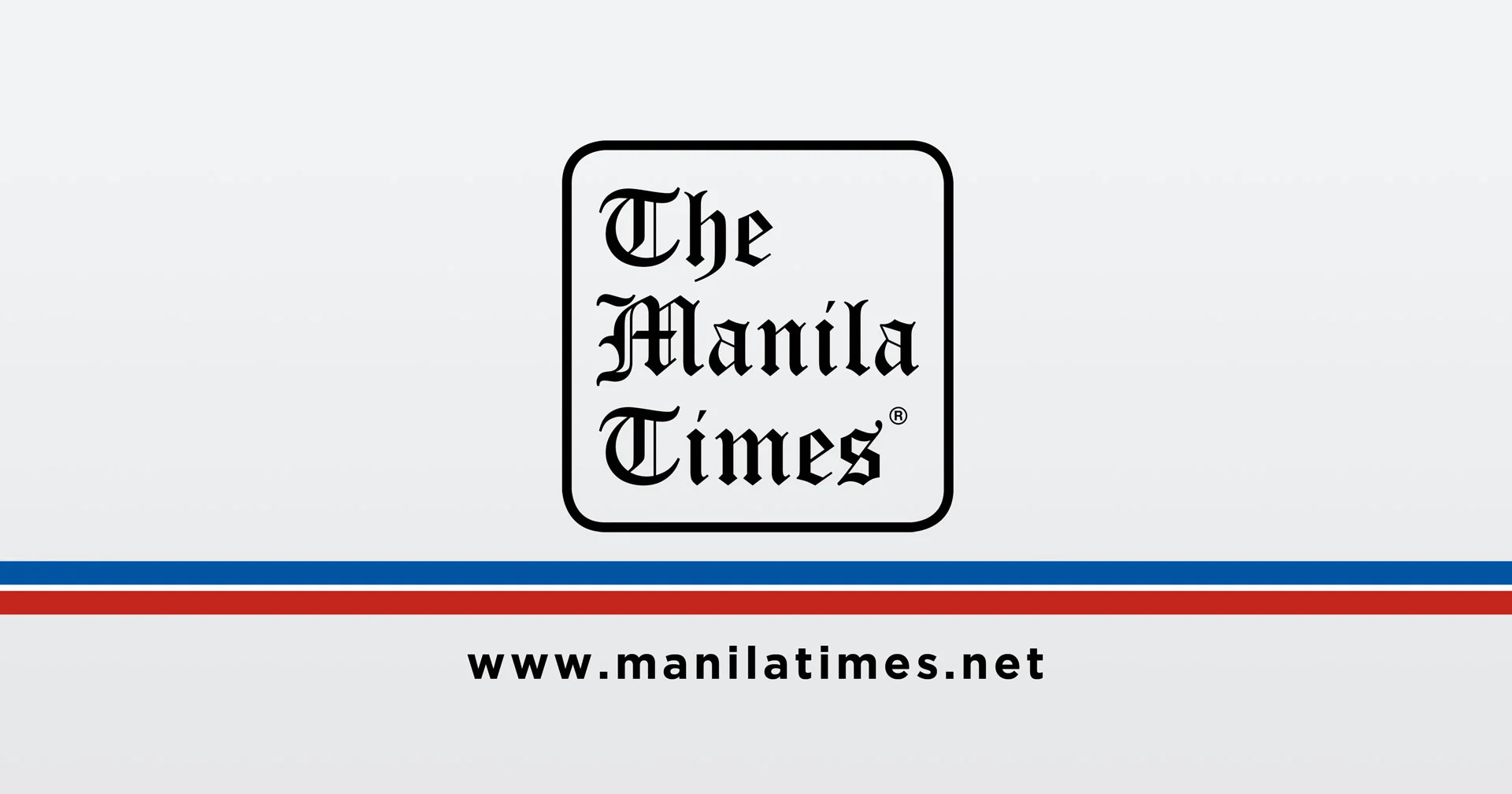
Is the Gawad Kalasag really rewarding disaster resilience?
First of three parts THE Philippines is constantly ranked first among the world’s most disaster-prone countries, which means efforts in Disaster Risk Reduction and Management (DRRM) should match the damaging force of disasters. Spearheading these efforts is the Gawad Kalasag — which stands for Kalamidad at Sakuna Labanan, Sariling Galing ang Kaligtasan (Fight Calamities and Disasters, Safety is Your Own Strength) — a national award that recognizes outstanding disaster management programs. Institutionalized by the National Disaster Risk Reduction and Management Council (NDRRMC) through the Office of Civil Defense (OCD) and mandated by Republic Act 10121 (The Philippine DRRM Act of 2010), the award is meant to recognize different groups — like local governments, schools, hospitals, and people’s organizations — for their work in DRRM, climate change adaptation, and humanitarian aid. While the goal is to reward excellence, a controversial question keeps popping up: Has the Gawad Kalasag become a “complacency award,” which prioritizes meticulous documentation and a stage for political showmanship over real resilience? The arguments against its current focus involve bureaucracy, spending habits, and the sobering reality of what happens when a “disaster resilience champion” gets badly hit by a disaster. The main criticism is the program’s slant toward documentary compliance. DRRM is a complicated, technical, and often expensive undertaking, spanning everything from engineering to community organization. Yet, bureaucratic evaluation systems naturally favor what’s easiest to check — written plans and policies. The rigid Gawad Kalasag evaluation process demands the submission of complete Local DRRM (LDRRM) Plans, detailed spending reports, official legislative resolutions and ordinances, and a huge portfolio of photos from seminars, training and drills. This setup strongly rewards local government units (LGUs) that are great at form (nice-looking paperwork) rather than substance (actual risk reduction). Think about the mandatory Local DRRM Fund (LDRRMF). LGUs are mandated under RA 10121 to set aside at least 5 percent of their revenue for this fund, with 70 percent earmarked for long-term prevention. An LGU trying to win a Gawad Kalasag might allocate the fund on workshops and highly visible equipment that looks good on paper, like utility vehicles fitted as “rescue” vehicles, pastel-colored partition tents with the LGU’s logo in front, rubber boats, and bright-colored go-bags. These are prioritized over less-photogenic but far more impactful projects like dredging canals, retrofitting of infrastructure, or comprehensive geo-hazard mapping. If an LGU is scored on the sheer number of activities held, the focus shifts to just checking a box, not on measurably reducing flooding or fixing structurally weak buildings. The result: an LGU with a “compliant” LDRRM Plan and a Gawad Kalasag trophy, while its residents continue to live in vulnerable communities. The most convincing evidence against the current system comes from the unfortunate link between winning the award and then being hit hard by a major calamity. Though disasters are inevitable, the devastating impact on an award-winning town or city makes you question its true resilience. Winning a Gawad Kalasag basically certifies that the LGU is exceptionally prepared. Imagine X City wins the award, and get certified as having some of the best early warning systems and evacuation protocols in the country. A year later, a huge typhoon causes massive flooding; X City suffers multiple deaths, and the designated evacuation center is destroyed by the flood. The massive devastation suggests a breakdown in mitigation — perhaps due to bad zoning, poor drainage, weak resettlement sites, or an evacuation center built in a high-risk area — all issues that the “compliant” paperwork was simply overlooked. The award gave a false sense of security, or complacency, which prevented crucial self-assessment and long-term investment. In these situations, the Gawad Kalasag can become a political defense, letting local officials deflect blame by claiming, “the NDRRMC recognized us as the best; the disaster was simply too strong.”